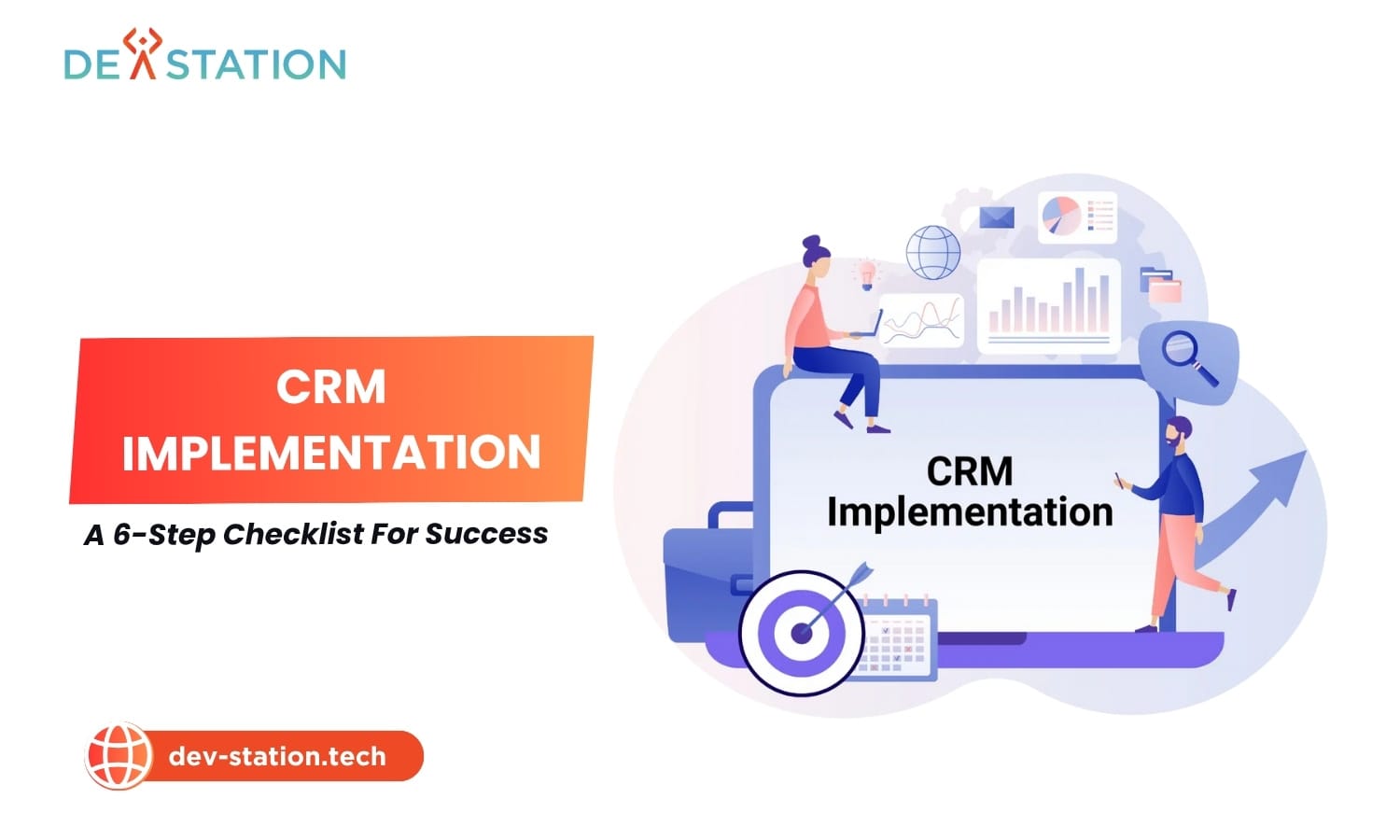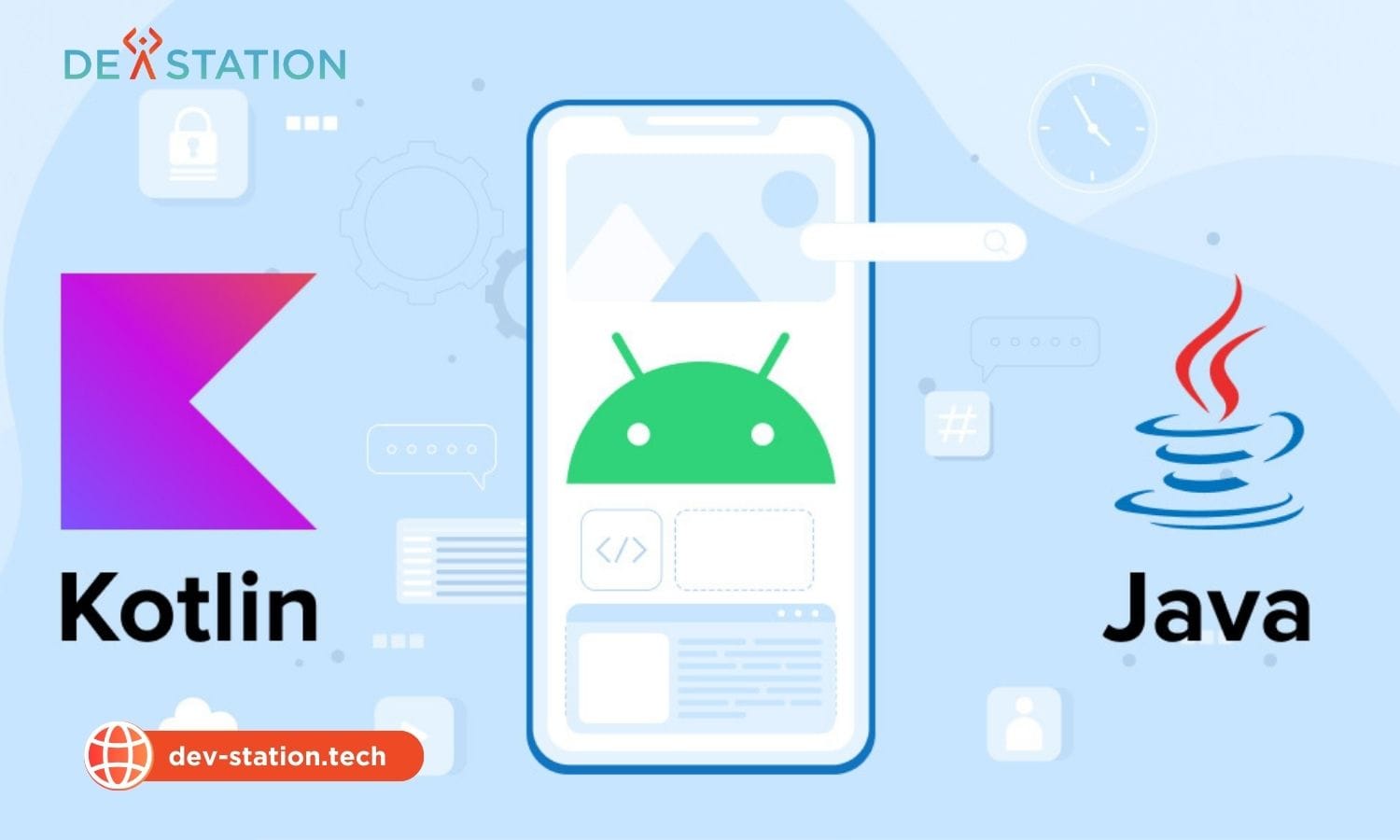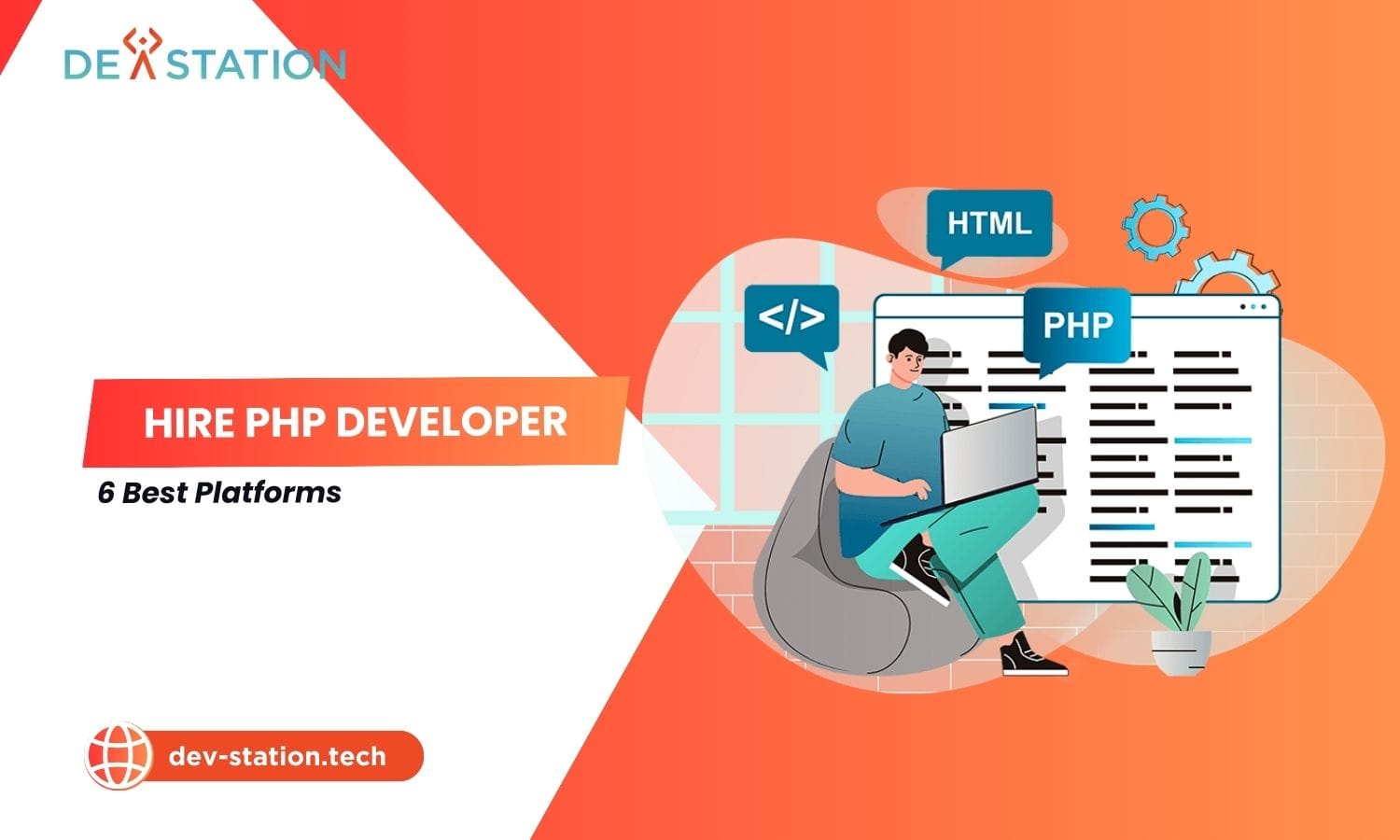A CRM implementation project, when executed with a clear customer relationship management strategy, transforms business operations and unlocks significant revenue growth. At dev-station.tech, we provide the expertise to ensure your CRM project plan results in a seamless and highly profitable system integration, boosting your sales process and team productivity.
Contents
ToggleWhat Is The 6-Step Checklist for a Successful CRM Implementation?
A successful CRM implementation follows a six-step checklist: 1. Define Goals, 2. Select the Right Partner, 3. Plan Data Migration, 4. Configure the Platform, 5. Train Your Team, and 6. Launch and Iterate. This structured process transforms a complex technical project into a strategic business advantage.
Embarking on a new customer relationship management system is one of the most impactful technology projects a business can undertake. A well-executed implementation can increase sales by 29%, boost sales productivity by 34%, and improve forecast accuracy by an incredible 42%.
However, the path is filled with potential pitfalls, with studies showing that between 20% and 70% of CRM projects fail to meet expectations. Success is not about the technology alone; it is about the strategy, the process, and the people. At Dev Station Technology, we have refined this process into a clear, six-step checklist designed to navigate the complexities and deliver a system that empowers your team and drives growth.
Step 1: How Do You Define Clear Goals and Objectives?
You define clear goals by linking the CRM implementation directly to specific, measurable business outcomes. Instead of a vague goal like improving sales, a clear objective is to increase the lead conversion rate by 15% within six months by automating follow-up tasks.
The foundation of any successful CRM project is a precise understanding of what you want to achieve. Without clear objectives, your project lacks direction and a benchmark for success. Start by involving key stakeholders from sales, marketing, and customer service to map out your current processes and identify the most significant pain points.
A study by the Aberdeen Group found that the most effective sales organizations are 81% more likely to consistently use their CRM. This consistency starts with building a system that solves real problems. Your goals should be SMART: Specific, Measurable, Achievable, Relevant, and Time-bound.
| Department | Vague Goal | SMART Objective |
|---|---|---|
| Sales | Increase Sales | Reduce average sales cycle length by 10% in Q3 by centralizing all lead data. |
| Marketing | Better Marketing | Improve marketing ROI by 20% over 12 months with segmented email campaigns. |
| Customer Service | Happier Customers | Decrease average ticket resolution time by 25% within one quarter. |
Step 2: How Do You Select the Right CRM and Partner?
Selecting the right platform involves matching software features to your defined goals and choosing a partner with proven expertise in your industry. An experienced partner ensures the technology is configured to support your unique business processes, not the other way around.
Choosing the wrong CRM is a primary reason implementations fail. With the global CRM market projected to surpass $112 billion in 2025, the options are vast. Do not choose a CRM based on name recognition alone. Instead, evaluate platforms based on your SMART objectives.
For instance, if your focus is on e-commerce, you will need the best crm for ecommerce with strong integration capabilities. Equally important is your implementation partner. Look for certified consultants with a deep understanding of your chosen platform. Whether you require dynamics crm consulting for a Microsoft ecosystem or specialized zoho crm consulting for a more agile setup, the right partner is critical. Dev Station Technology offers expert crm consulting services to guide you through this selection process.
Step 3: What Is the Best Way to Plan Data Migration and Integration?
The best way is to treat data migration as a separate, critical project with its own dedicated phases: data audit, cleansing, mapping, a test migration, and final validation. A phased approach significantly reduces the risk of data loss and system downtime.
Data migration is where many projects falter. Research indicates that a staggering 80% of data migration projects exceed timelines or budgets, with an average data loss rate of 15-30% in poorly planned projects. Begin with a comprehensive data audit. Identify all your data sources—spreadsheets, legacy systems, email contacts—and decide what is essential to migrate.
This is the perfect opportunity to cleanse your data by removing duplicates, correcting errors, and standardizing formats. Bad data in a new CRM simply creates a faster, more expensive mess. Once cleansed, map the fields from your old sources to the new CRM. A detailed salesforce data migration plan, for example, will meticulously document every field. Furthermore, plan your crm integration strategy to ensure the new system communicates seamlessly with your other business tools, like your ERP and marketing automation platforms.
Step 4: How Should You Configure and Customize the Platform?
You should configure the platform to align with your team’s existing workflows, not force them to change. Start with minimal customization to meet your primary goals and only add complexity where it provides clear value, focusing on a user-friendly experience to encourage adoption.
A common mistake is overcomplicating the system with too many features from the start. In fact, 72% of CRM users indicated they would trade advanced functionality for ease of use. The initial configuration should focus on the core processes identified in Step 1. Customize page layouts to show sales reps only the fields they need. Automate repetitive data entry tasks, as sales teams can save 4-5 hours per week by eliminating manual work. Build dashboards that provide actionable insights at a glance.
The goal is to make the CRM an indispensable tool that makes your team’s job easier, not harder. This is where a suite of professional salesforce services can be invaluable, tailoring the platform to your specific operational needs.
Step 5: What Is the Most Effective Way to Train Your Team and Drive Adoption?
The most effective way is through role-specific, continuous training that focuses on the WIIFM principle—What’s In It For Me? Show each user how the CRM directly benefits their daily tasks, and establish a feedback loop with ongoing support to address their concerns.
Low user adoption is the single largest cause of CRM implementation failure. A staggering 83% of senior executives report their biggest challenge was getting staff to actually use the software. To counter this, your training strategy must be robust. Do not conduct a single, generic training session. Instead, create customized training programs for each department. Salespeople need to know how the CRM helps them close deals faster.
Marketers need to see how it improves campaign tracking. Appoint internal CRM champions—power users who can provide peer-to-peer support. A strong salesforce adoption strategy often includes gamification, rewarding consistent and effective use of the platform. Ongoing support is just as critical as initial training.
Step 6: How Do You Launch, Measure, and Iterate for Long-Term Success?
You achieve long-term success by planning a phased rollout rather than a big-bang launch, continuously measuring performance against the KPIs defined in Step 1, and gathering user feedback to make iterative improvements. A CRM is not a one-time project; it is an evolving business tool.
A go-live date is a beginning, not an end. Consider a phased rollout, perhaps starting with a pilot group or a single department, to work out any issues on a smaller scale. Once launched, your focus must shift to measurement. Are you on track to meet the SMART objectives you set? Use the CRM’s reporting and analytics to monitor key metrics: lead conversion rates, sales cycle length, customer satisfaction scores, and user activity logs.
A proper implementation can yield an average ROI of $8.71 for every dollar spent. Schedule regular review meetings with users to gather feedback. What is working well? What is causing frustration? Use this feedback to make continuous, incremental improvements to the system. This iterative approach ensures the CRM evolves with your business and continues to deliver value for years to come.
How Can Dev Station Technology Guide Your CRM Journey?
Dev Station Technology provides end-to-end guidance, from strategic planning and platform selection to data migration, user training, and ongoing support. Our expert consultants ensure your CRM implementation is not just a technical success but a transformational business investment.
Successfully implementing a CRM system is a complex undertaking that requires careful planning, technical expertise, and a deep understanding of business processes. Following this six-step checklist provides a strong foundation for success, helping you avoid common pitfalls and maximize your return on investment. A successful project can truly revolutionize how you connect with customers and manage your business operations.
If you are ready to unlock the full potential of a customer relationship management platform, the team at Dev Station Technology is here to help. We are more than just an implementation company; we are your strategic partner in growth. To learn more about how we can tailor a CRM solution to your unique business needs, we invite you to explore our insights at dev-station.tech or contact our team directly for a consultation at sale@dev-station.tech.





